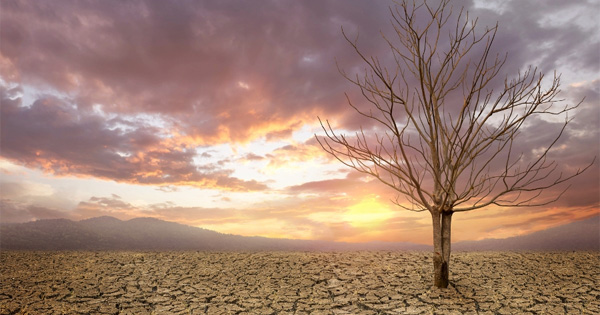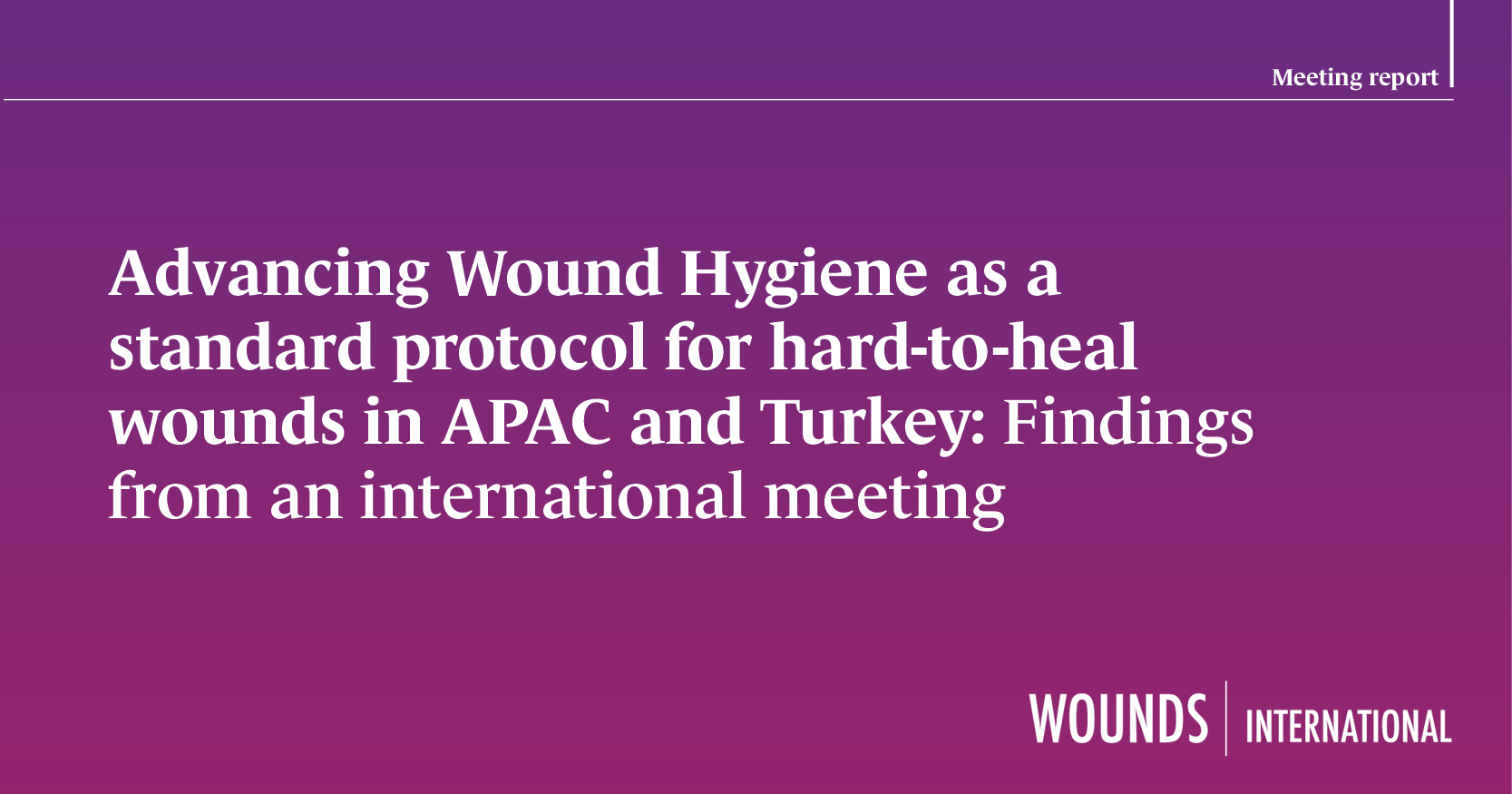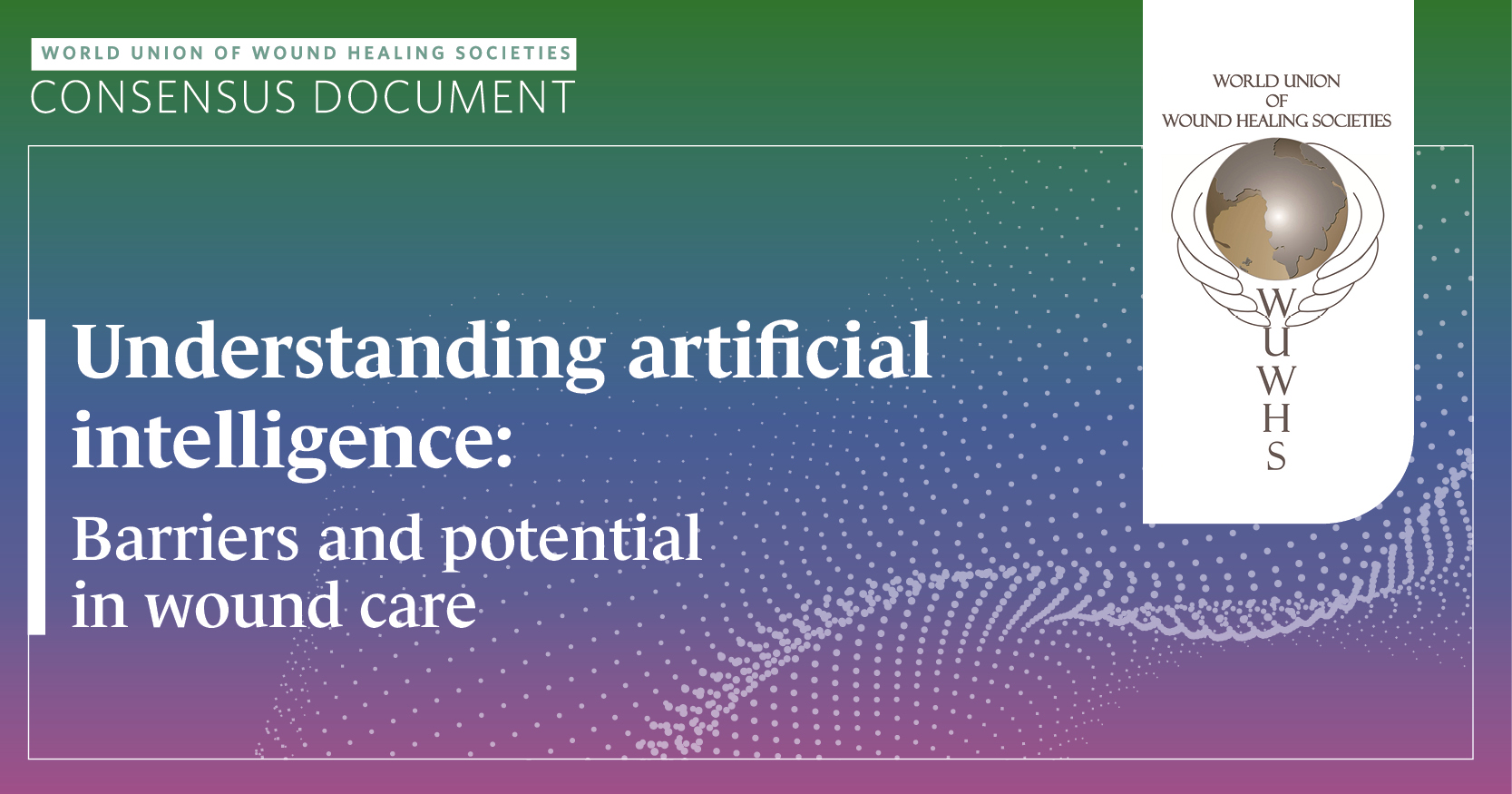“I’m worse when it’s humid but with anything over 30 degrees, basically I try to avoid going out because I can really tell it affects my lymphoedema.”
This sentiment, reported recently in a focus group conducted by Witt et al (2024), is heard frequently by all of us. Our patients with lymphoedema indicate that their condition fluctuates during the year and that in warm and humid conditions their lymphoedema is worse, requiring many varied strategies to maintain their swelling and prevent deterioration. Understanding the extent of the problem and working toward a solution to prepare for the future, is the key focus of a current PhD project being completed through Flinders University in Australia.
Background
Climate change has been reported to be the biggest threat to human health this century (Watts et al, 2018). The climate crisis continues to escalate, increasingly impacting the foundations of human health and wellbeing (Romanello et al, 2022). Indirectly, climate change results in increased extreme weather patterns and causes veld fires, droughts, floods, food insecurity and nutrition problems. Direct health impacts include an increase in core temperature, endocrine dysfunction, dehydration, compromised development and increased water and vector born infections (McMichael et al, 2006; Romanello et al, 2022). Additionally, increased temperatures contribute to more heart attacks, strokes, accidents, and heat exhaustion as well as increased human stress and reduced work capacity (Costello et al, 2009; Hughes and McMichael, 2011; McMichael et al, 2012; Kjellstrom et al, 2017).
The issue of rising temperatures as a result of climate change is well understood with scientists predicting a 1.5–2.5% increase in average temperatures across the globe by 2050 (USGCRP, 2017). All infections are heat sensitive, so it follows logically that higher temperatures will have an impact on infection rates. This is reflective in our lymphoedema population who, due to the stasis of fluid in their limbs, are particularly susceptible to cellulitis, a condition that has been shown to have a higher incidence of hospital admissions during warmer weather (Peterson et al, 2017; Hsu et al, 2019; Manning et al, 2019).
The environment is also directly linked with prevalence of lymphatic filariasis, a parasitic infection which is spread by mosquitos infected with worm larvae (Lourens and Ferrell, 2019). The worm larvae cause blockages in lymphatic vessels and can result in lymphoedema. Environmental factors including temperature, humidity, water parameters, aquatic plants, and land utilization influence mosquito populations and subsequent prevalence (Pratiwi et al, 2018).
The fact that climate systems are intrinsic to life processes means it is not possible to separate environmental considerations from health considerations (McMichael et al, 2008). Understanding the physiological changes in the context of lymphoedema will enable us to be proactive in treatment and management strategies and thereby reduce risk and improve health outcomes.
What do we know from the literature?
Lymphoedema is a significant problem worldwide and results in substantial burden on the health service. Up to 250 million people worldwide are estimated to have lymphoedema (Greene, 2015), the management of which carries substantial financial and emotional costs. Community-based management involves skin care, external pressure (bandaging and/or compression garments), exercise, healthy diet, and manual lymphatic drainage. In addition, acute infections requiring hospital admission occur frequently.
Furthermore it has a major impact on quality of life, with one study reporting 80% of patients had taken time off work as a direct result of their oedema as well as experiencing a negative ability to function socially and physically, with subsequent emotional distress (Moffatt et al, 2003).
Lymphoedema is characterised by an ongoing accumulation of fluid within the body. It results from an imbalance between capillary drainage and lymphatic filtration and is commonly seen with conditions such as venous insufficiency, trauma, radiation therapy skin impairments, infection, fluid leakage, ulceration, deep vein thrombosis, obesity, chronic heart failure and severe immobility (Lymphoedema Framework, 2006; Keeley, 2018; Witt and Oberlin, 2024).
Humans need to maintain a stable core temperature despite changing external conditions (Staiger et al, 2012). During physical work, the body generates heat that needs to be lost to maintain core temperatures and avoid clinical health effects such as heat stress, heat stroke and death (Kjellstrom et al, 2017). Higher temperatures also increase vasodilation, with the increased blood flow from the core to the surface of the skin resulting in heat dissipation to maintain normal body temperature (Charkoudian, 2010). For people with an already compromised lymphatic system, this additional superficial vascular load may further increase fluid retention and pose a higher risk of infection (Witt and Piller, 2023).
Historically, research has recommended that patients avoid prolonged exposure to heat and cold, as it is thought that it may increase blood flow, intensifying lymphatic load (Dell and Doll, 2006; Lymphoedema Framework, 2006; Cemal et al, 2011). Interestingly, despite the general consensus that the warmer climate worsens lymphoedema, there is some evidence that heat therapy may benefit lymphoedema.
A recently completed systematic review found that, although the evidence was weak and there were varied methodological quality and design approaches, applied heat showed benefit in reducing limb circumference and/or limb volume, improving indentation force (i.e. skin firmness), and improving quality of life (Hill et al, 2023). The heat was applied through a variety of sources including microwave, hot water, ultrasound, electric blankets, electromagnetic resonance, light therapy or interferential therapy. The authors of the systemic review note that while the current evidence base suggests that heat therapy may help in reducing limb circumference and limb volume, no recommendations to practice can be made at this time due to the lack of high-quality evidence (Hill et al, 2023).
Higher temperatures and increased humidity have been linked to difficulty wearing compression garments, the primary method of management for lymphoedema (Al Onazi et al, 2020; Dai et al, 2020; Witt et al, 2024).
Piller (2015) suggests that without adequate compression there is an increased risk of swelling leading to poorly controlled lymphoedema. Indeed some patients report any discomfort felt from increased temperatures is worth tolerating as the potential consequence of not wearing compression is a far greater risk (Witt et al, 2024).
A number of studies have addressed the body’s capacity for heat acclimatisation. Malgoyre et al (2020) discovered that previously heat acclimatised soldiers showed greater tolerance to subsequent heat exposure. This suggests that the body is able to adapt to changes in environmental stimulus. A similar result emerged from Mayrovitz et al (2020), who assessed the impact of whole-body heating on the tissue dielectric constant (TDC) of forearm and hand skin in healthy adults. The TDC is a measure of tissue water content and is commonly used to detect oedema. They found hand and arm skin temperatures increased for 10 minutes in line with increased room temperature, and then levelled, suggesting adaptation to the environment. The same theory is reflected by Matthews et al (2021), who found that in a healthy population, there is an increase in limb volume in spring but not in summer. This suggests that during a change in temperature there is increased fluid that then is maintained throughout the warmer months.
Research gaps
A systematic review completed in 2021 found just five articles directly addressing the impact of climate on lymphoedema (Witt et al, 2021). From these five, two addressed difficulties with compression garments in the heat (Al Onazi et al, 2020; Dai et al, 2020), two sought to measure the physiological changes in lymphoedematous limbs over a period of time (Czerniec et al, 2016; Phillips et al, 2023) and one considered the seasonal patterns of filarial attacks (Kwarteng et al, 2019).
There remain significant gaps in our knowledge in terms of:
- Epidemiology of extreme heat and health, especially in relation to lymphoedema
- How does heat affect people who have lymphoedema?
- What is the threshold at which temperature impacts occur?
- What is the size and shape of these associations?
- Interventions to prevent the negative impact of increased temperature and enable successful management of lymphoedema
- The global picture of lymphoedema treatment and management in relation to climatic influences
Conclusion and future direction
Outcomes from the current PhD that is investigating the connections between climate and climatic variations in lymphoedema will assist to build a strong foundation towards understanding these issues. While the qualitative patient experience has been explored through focus groups in Australia (Witt et al, 2024), they will also be completed with patients in Germany. This will build a global picture of the patient experience and generate recommendations for treatment alternatives.
Further, a questionnaire has been translated into multiple languages and distributed through patient support groups across the globe. More than 1,500 responses have been received with early analysis confirming the experience of the focus group participants in saying that increased temperature has a direct impact on their lymphoedema. Further results will be reported in a separate article.
Quantitatively measuring the impact of the climate poses a large number of challenges. There are multiple confounding factors, such as the current weather conditions at the time of measuring, the amount of time the patient was exposed to the outside elements, whether the patient has done any exercise prior to being assessed, what treatment they have implemented, whether there is an impact from their general activity, food intake, age, sex, BMI, etc. So it can be challenging to show that any changes seen in lymphoedema volume are a direct result of the climatic conditions and not from any number of other factors. Two studies are being conducted to generate quantitative data.
1. Comparative measures
Using a single case analysis design patients with upper limb and lower limb lymphoedema have been recruited. Over a 12-month period they will present over multiple time points and complete a number of measures that will then be correlated with the climatic conditions at the time. This study is being repeated in Australia, in Switzerland and in Germany.
2. Environmental chamber
To further eliminate additional confounding factors, people with lymphoedema will be recruited for a study in Wales. Patients will be asked to spend 30 minutes in an environmental chamber with a number of pre- and post-measurements taken. This methodology means that the only variable will be the temperature – all other factors remain the same.
It is anticipated that results from this PhD project will shed light on the links between climate and lymphoedema, build a foundation for further research, contribute to the development of new ideas and technology for the management of lymphoedema and ultimately help patients better manage their lymphoedema or help prevent them from developing it.





